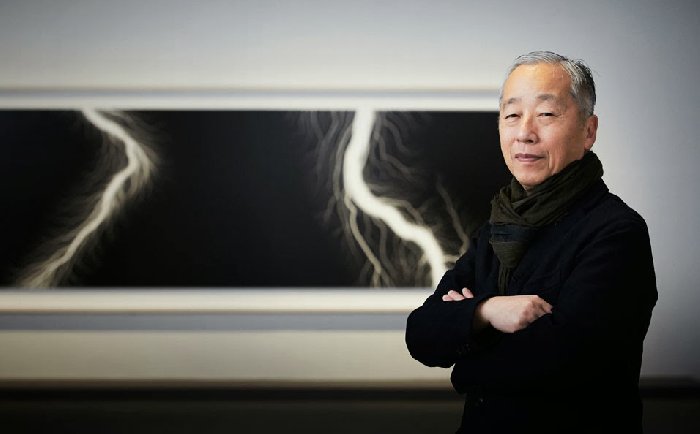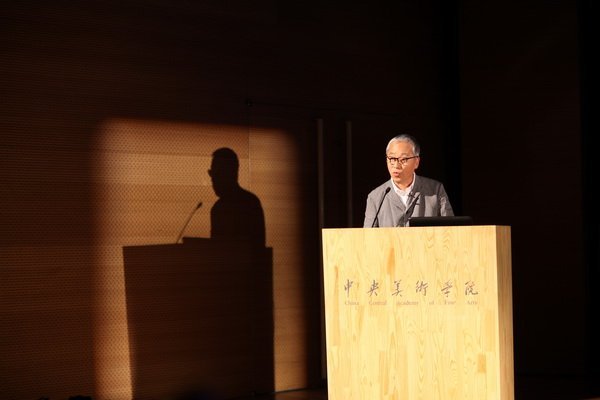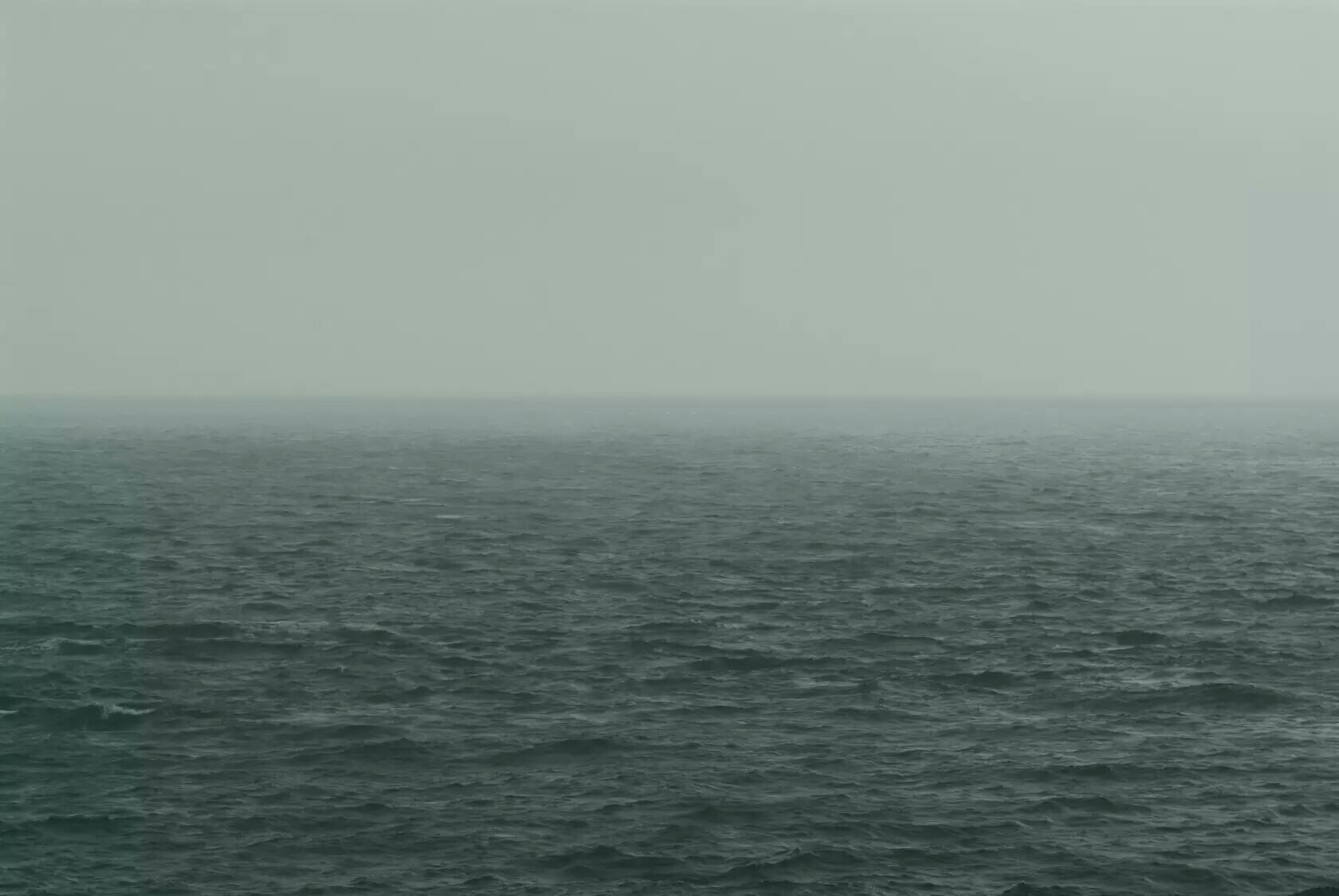When it comes to photography, people like to think of it as a "record", a record of a moment, a record of an event, or a record of a situation;
When it comes to art, people like to categorize him as "present", the presentation of a certain emotion, the presentation of an idea, or the presentation of some kind of thinking.
So there is a disagreement, is photography really art?
And what kind of photography is art?
This disagreement, in the 1970s and '80s, kept people arguing until today, when most people who refuse to accept photography as art are "extremely reluctant" to admit that photography is art.

In the life of sugimoto, many people don't know about sugimoto, and it is necessary to introduce them in a paragraph.
Born in the town of otocho (now eastern district) in Tokyo, in 1948, the family is "yinmei", a silver-owned beauty shop, and his father is an amateur.Growing up in a small number of unbombed areas, self-identified as "pre-war Japanese".
When asked about his birthplace in Europe and the us, his answer was usually "occupied Japan".
Western BBB 0 in Christian school in the 1960s.
Under the influence of my mother, I went to a private Christian high school (now a new high school) and accepted western painting and sculpture, such as education.When I was in high school, I took part in a photography club, and the love machine was MAMIYA6.Based on the future (possibly) inheritance of the family business, the university is studying the economics department of the university.
In 1970 the U.S.
In the 70 s as Japan student agitation, graduated from the university of Chinese fir this company has no intention of the business, under the mother agreed to, in the same year in Los Angeles Art Center College of Design (Art Center College of Design) learning photography, graduated in 1972.
Status as an outsider in 1974 - art dealer.
Immigrated to New York, won a scholarship from the state of New York, guggenheim, and the education association of the United States.For about a decade, Mr. Sugimoto traveled to and from New York, Japan, and was an antique dealer.The experience of this period developed the habit of collecting Japanese ancient cultural relics in the future, and also cultivated his attainments in ancient art, architecture, literature and history of Japan.
In 1976, sugimoto published his first group of works, "perspective painting museum". Through photography, the theme of "time" and "history" was visualized.
In 1977, the first solo exhibition was held in the southern gallery of Japan.
1980 Sonnabend art galleries in New York City at the first overseas exhibition, and also in Los Angeles of modern art, the metropolitan museum of art in New York, guggenheim museum in Germany, France Cartier foundation on tour, is highly valued.Through the creation of sugimoto, the photographic medium originally considered as a low degree of freedom presents new possibilities.

In 2001, he was awarded the international photography prize of the hasu camera foundation, known as the Nobel Prize for photography.
Mori Art Museum in 2005 in Tokyo, Japan (Mori Art Museum) held a very important and successful large-scale photography retrospective "End Time" (the End of the Time), sugimoto bo exhibition company across the 1975-2005 for 30 years, various periods of different series, over 100 units, new and unpublished works on display at the same Time, is the work of the most complete his life.Attendance record of the museum.
In The United States capital, Washington in 2006 hz XuHong Museum and Sculpture Garden (The Hirshhorn Museum and its Garden) on tour, in addition to The above known as different time series, also includes he doubled in infinity focus photograph of a concept of The "form" series of communicate his ideas to The form of color space.
In 2008, "Black Sea, Ozuluce; Yellow Sea, Cheju" was sold in New York for $1,650,000 (the highest record of contemporary Asian photography).
In 2009, he was awarded a souvenir of world culture at the palace of gao song.
Sugimoto bo si is known as "the last of the modernist", his creative to eastern and western history, philosophy and aesthetics into photography, and the ultimate meaning of photography, and photography to art level.In addition to photography, he also works in interior design, theater stage and shrines.
In his collection of anthologies, "till I grow green moss", sugimoto has this question and answer. Please be careful.
Q: what can it be for you?
A: the flow of time.
Q: what does that mean?
A: time is one way from the past to the future, but the time is free.



The best known representative of sugimoto is the sea view series.
The composition of these works is very simple, just like the color of the sea level, the skyline and the sky, but breaks the time limit.
In the sea view of sugimoto, the elements of time were removed, leaving only the pure form, which was reminiscent of zen master qingyuan of the song dynasty.
At the beginning of zen, the mountain is the mountain, the water is water;
When the zen is enlightened, the mountain is not the mountain, but the water is not the water;
In zen meditation, the mountain is still a mountain, and the water is still water.

After the enlightenment, sugimoto expressed this thinking in the form of photography.
When standing in front of this work, only the sea can be seen, which is perhaps the most primitive and visual impression of the sea, like a specimen.
As he says, "time is one way from the past to the future, but the time is really free."
It is also a question and answer from "till the moss grows".
Q: why is the pagoda built?
A: whether it's A big five tower or A small tower, it's A container built for the sake of the shariah.
Q: what is the so-called sardonia?
A: it's the remains of shakyamuni Buddha.
Q: is there really such a thing?
A: when sakyamuni was born, he told the world not to sacrifice anything tangible. The world is essentially empty.
Q: it's just color.
A: the establishment of faith came after the death of sakyamuni, as the memory of the Buddha had faded for hundreds of years.
Q: in this way, it is contrary to the teachings of the Buddha.
A: so empty is the color, even the tangible things have no entity.
Looking at the sea of sugimoto, I can't help but get a series of difficult questions. Is the sea tangible?
What is the entity of the sea?
It's like asking, what is time?
I can't give any answer, and no one seems to have the answer.
However, this is like the beginning of everything. Think back to the ancient times and even the ancient times, what was the origin of art?
In such back we see the display in front of the cave, thirty-six thousand, also saw the medieval rigid icon painting, the human always seems to be like when word poor use pictures to represent something.
You see, tens of thousands of years ago the people did not have the words, saw the cow horse also cannot express, then painted on the rock wall.
Then there was religion, and people could not express what god was like, so they painted god on the wall.
In medieval Europe, there was no civilization, and people were illiterate, so in order to spread belief, people drew the story of god on the wall.
Over and over again, people have made it difficult to express themselves in words and words in pictures, oil paintings, photography, and so on.
Today someone asked me, what is the sea, I can't tell, so I took out the sea view of sugimoto.
